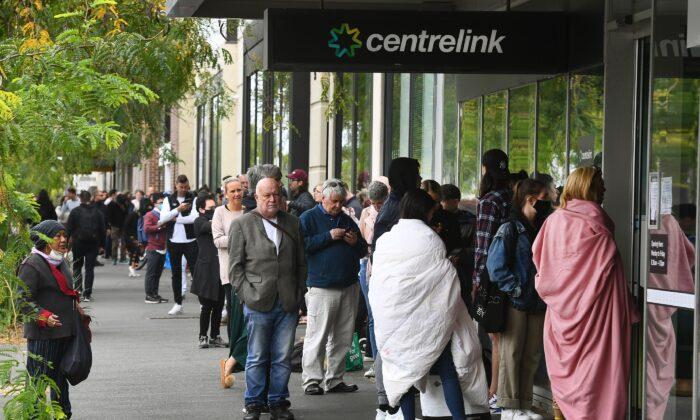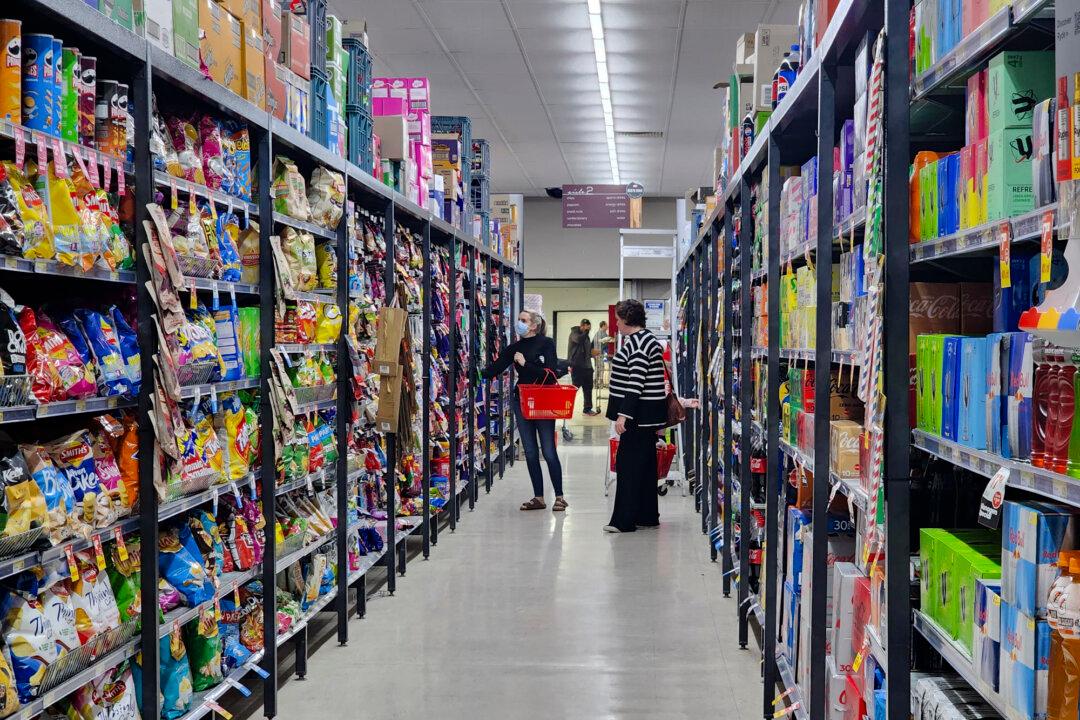Australia’s unemployment rate ticked up slightly to 4.1 percent in January from 4 percent in last month, according to the latest ABS data.
The increase reflects a rise in both employment and jobseekers.
Some of the rise in unemployment is linked to seasonal trends, with more people than usual waiting to start or return to work.
“As in the past three Januarys, we again saw more people than usual who had a job but were waiting to start or return to work,” said Bjorn Jarvis, ABS head of labour statistics.
The Reserve Bank of Australia (RBA) has forecast the unemployment rate to average 4.2 percent in the June quarter and remain around that level through 2025.
The participation rate also hit a record high of 67.3 percent as more Australians re-entered the workforce.
“Most of the rise in both employment and unemployment in January reflected increases for women, with female employment rising by 44,000 and unemployment by 24,000,” Jarvis added.
The employment-to-population ratio rose to a record 64.6 percent, underpinned by an increase in female workforce participation.
More Workers Delayed in Returning to Jobs
Despite strong workforce participation, monthly hours worked fell by 0.4 percent in January, reflecting more people working reduced hours. However, Jarvis noted that the decline was smaller than in previous years.The underemployment rate remained steady at 6 percent, while the broader underutilisation rate, combining unemployment and underemployment, rose slightly to 10.1 percent.
Government, Opposition Clash Over Economic Recovery
Treasurer Jim Chalmers emphasised that unemployment has remained historically low under his tenure.“We have got the lowest average unemployment rate of any government in the last 50 years,” Chalmers said in a press conference in Brisbane on Feb. 19.
He credited the government’s economic management for keeping inflation in check while maintaining low unemployment.
“What makes Australia unusual is we’ve been able to get inflation down, wages up, and keep unemployment low,” he said.
Chalmers contrasted Australia’s performance with New Zealand, where the unemployment rate is 5.1 percent and the economy has slipped into recession.
“We’ve been able to keep the economy ticking over, delivering real wages growth,” he added.
Shadow Treasurer Angus Taylor criticised the government’s handling of inflation and employment, calling the response inadequate.
“Too little, too late,” Taylor said, accusing Labor of mismanaging public finances and failing to take action sooner.
Labour Market Holds Steady Despite Uncertainty
The trend unemployment rate remained at 4 percent, staying within a narrow range of 3.9 to 4.1 percent over the past year.In trend terms, employment grew by around 34,000 people in January, matching the pre-pandemic 20-year average.
Economists suggest that while the labour market remains resilient, future shifts in employment will depend on broader economic conditions, government policy, and global factors.







